
English Blogs
"Let's Learn, Explore, and Connect to the World"

Past Simple Tense 5
- Tokita Akira
- Basic English Grammar Blog

V. Practical Tips for Usage and Common Mistakes in the Past Simple Tense
Navigating the past simple tense effectively requires not just understanding its rules but also being aware of common pitfalls. Here are some practical tips for its correct usage and common mistakes to avoid.
Tips for Remembering When to Use the Past Simple Tense
 Specific Time in the Past: Use the past simple tense when referring to a specific time in the past, whether it’s yesterday, last week, in 2000, or a moment ago.
Specific Time in the Past: Use the past simple tense when referring to a specific time in the past, whether it’s yesterday, last week, in 2000, or a moment ago.
 Completed Actions: Remember, the past simple is ideal for actions that started and finished in the past.
Completed Actions: Remember, the past simple is ideal for actions that started and finished in the past.
 Past Habits: For habits or routines that happened in the past and no longer exist, the past simple tense is the correct choice.
Past Habits: For habits or routines that happened in the past and no longer exist, the past simple tense is the correct choice.
Common Errors and How to Avoid Them
 Incorrect Verb Form: Regular verbs form their past tense by adding -ed, but watch out for irregular verbs, which have unique past forms.
Incorrect Verb Form: Regular verbs form their past tense by adding -ed, but watch out for irregular verbs, which have unique past forms.
 Overusing ‘Did’ in Affirmative Sentences: Remember, ‘did’ is used only in negative sentences and questions. Avoid using it in affirmative past simple sentences.
Overusing ‘Did’ in Affirmative Sentences: Remember, ‘did’ is used only in negative sentences and questions. Avoid using it in affirmative past simple sentences.
 Confusing Past Simple with Present Perfect: The past simple is used for completed actions in the past with a specific time reference, whereas the present perfect is used for actions that have relevance to the present or when the time is not specified.
Confusing Past Simple with Present Perfect: The past simple is used for completed actions in the past with a specific time reference, whereas the present perfect is used for actions that have relevance to the present or when the time is not specified.
Practice and Repetition
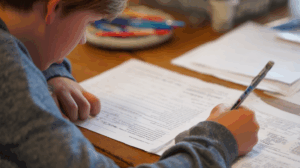 Consistent practice is the key to mastering the past simple tense. Engage in exercises like rewriting present tense sentences in the past tense, filling in the blanks with the correct past tense verbs, and narrating past events.
Consistent practice is the key to mastering the past simple tense. Engage in exercises like rewriting present tense sentences in the past tense, filling in the blanks with the correct past tense verbs, and narrating past events.
Common Irregular Verbs
 Familiarize yourself with common irregular verbs and their past forms. Some frequently used irregular verbs include go (went), see (saw), and take (took).
Familiarize yourself with common irregular verbs and their past forms. Some frequently used irregular verbs include go (went), see (saw), and take (took).
Conclusion
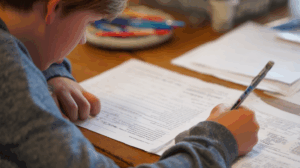 The past simple tense is a fundamental aspect of English grammar, essential for talking about past events. Understanding its proper use and common errors can significantly enhance your ability to narrate past experiences and actions accurately. Regular practice and attentiveness to these guidelines will improve your proficiency in using the past simple tense.
The past simple tense is a fundamental aspect of English grammar, essential for talking about past events. Understanding its proper use and common errors can significantly enhance your ability to narrate past experiences and actions accurately. Regular practice and attentiveness to these guidelines will improve your proficiency in using the past simple tense.
Latest Blogs

Present Simple Tense 1
English Blogs “Let’s Learn, Explore, and Connect to the World” Present Simple Tense 1 I. Introduction to the Present Simple Tense in English Mastering the

Present Simple Tense 2
English Blogs “Let’s Learn, Explore, and Connect to the World” Present Simple Tense 2 II. Understanding the Present Simple Tense Definition and Structure At its
Reading comprehension quiz
Check out our books and more!

Comic Collections : A Compilation of Daily Professional and Casual Conversations (Book 1)
Laugh and learn with ‘Comic Collections’ by Cassia North – a delightful dive into everyday conversations in professional and casual settings, now in a vibrant, humor-filled ebook. Perfect for all ages!
Check out our Blogs!
Read our everyday blogs and gain new knowledge, skills, and inspiration to support your learning journey here in SEKAEL.


Explore Mental Health Blogs to gain insights and tips on self-care, emotional balance, and personal well-being.
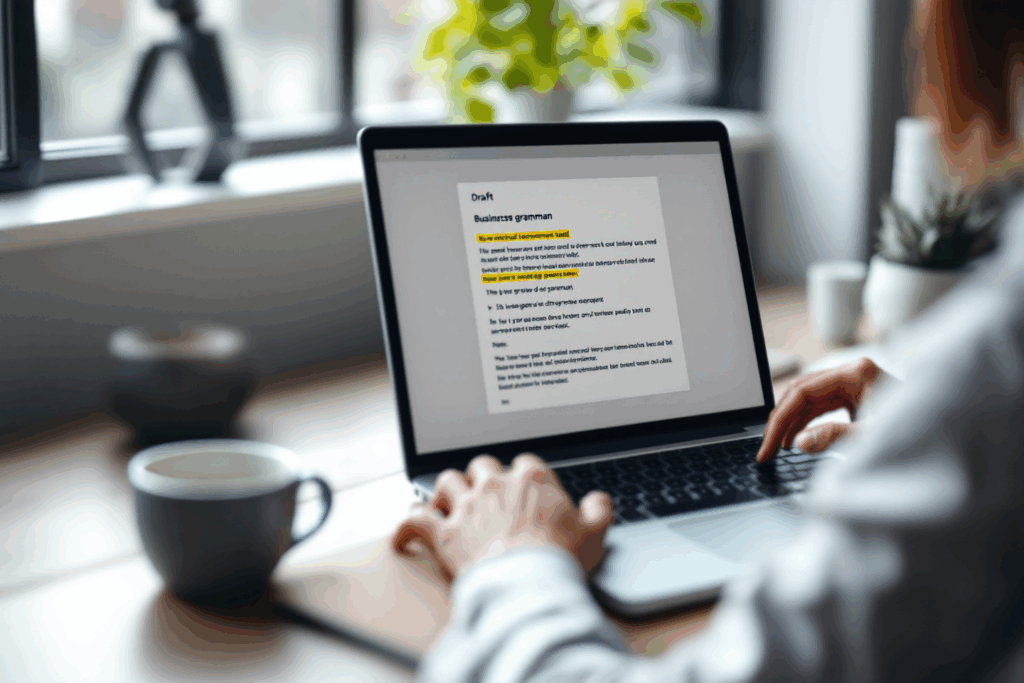



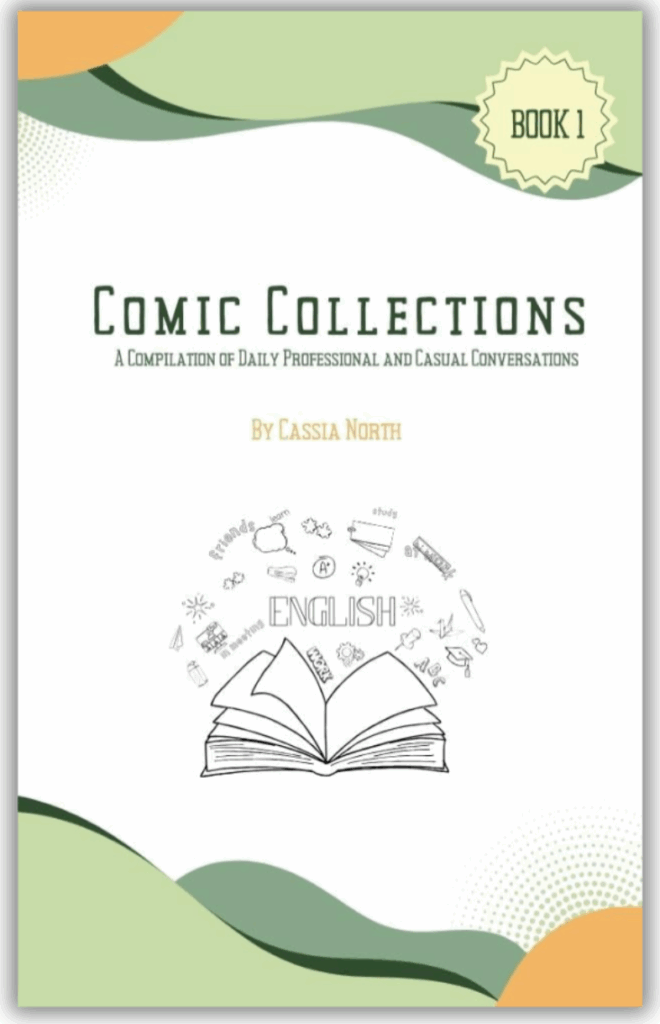










 Forming questions and negatives correctly in the past simple tense is crucial for conveying accurate and clear information about past events. By understanding and practicing these structures, you can greatly enhance your ability to communicate effectively in English, particularly when discussing past experiences or events.
Forming questions and negatives correctly in the past simple tense is crucial for conveying accurate and clear information about past events. By understanding and practicing these structures, you can greatly enhance your ability to communicate effectively in English, particularly when discussing past experiences or events.









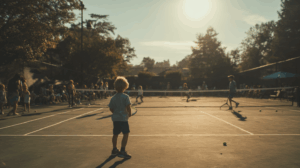






 The past simple tense is vital for discussing past events, habits, and general truths. Its ability to clearly communicate completed actions and past routines makes it an indispensable part of the English language. With practice, using the past simple tense becomes intuitive, allowing for effective and accurate descriptions of past experiences and events.
The past simple tense is vital for discussing past events, habits, and general truths. Its ability to clearly communicate completed actions and past routines makes it an indispensable part of the English language. With practice, using the past simple tense becomes intuitive, allowing for effective and accurate descriptions of past experiences and events.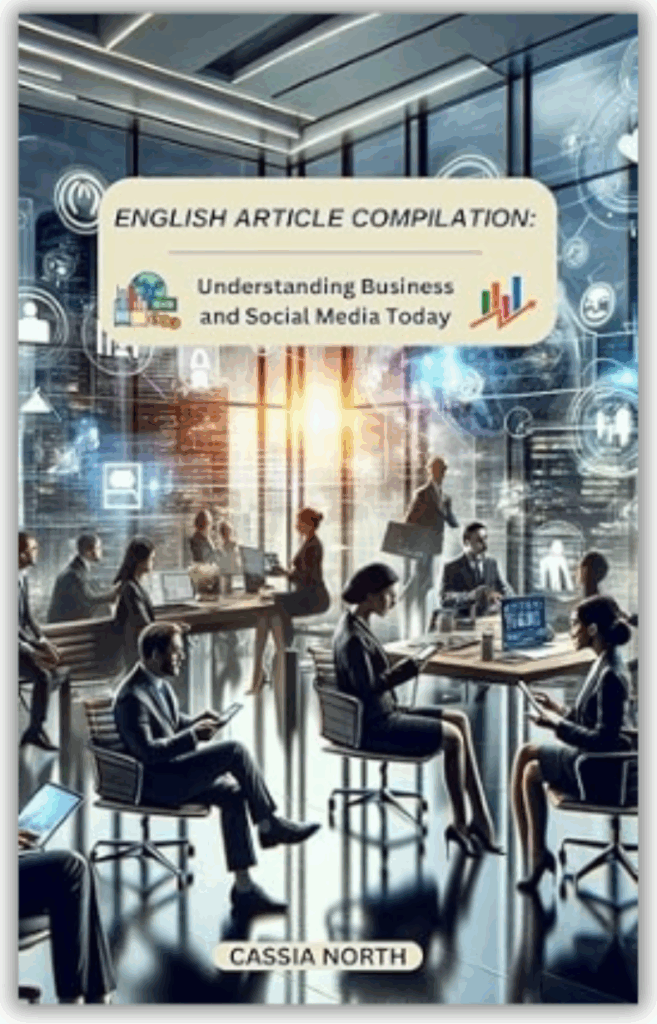
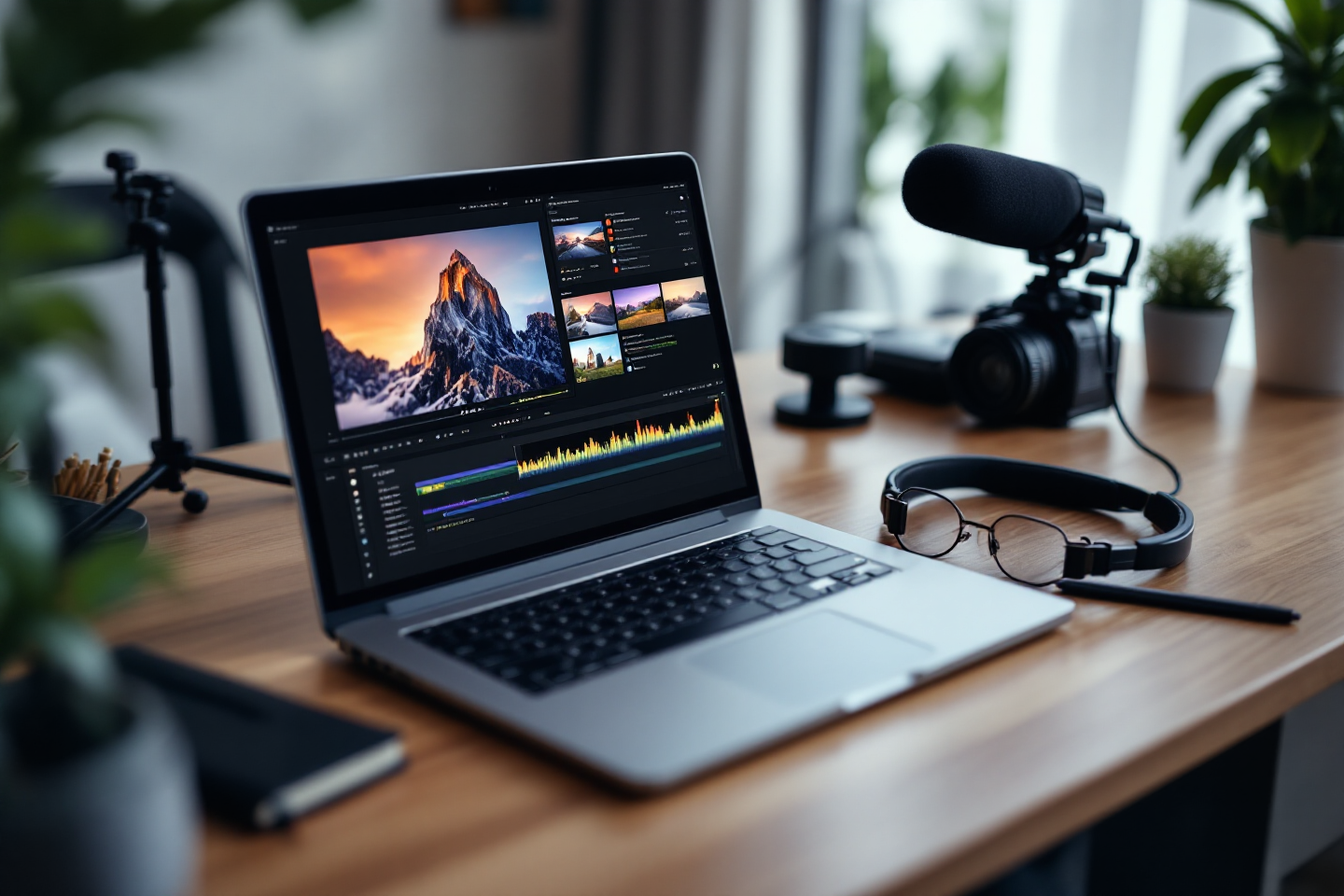
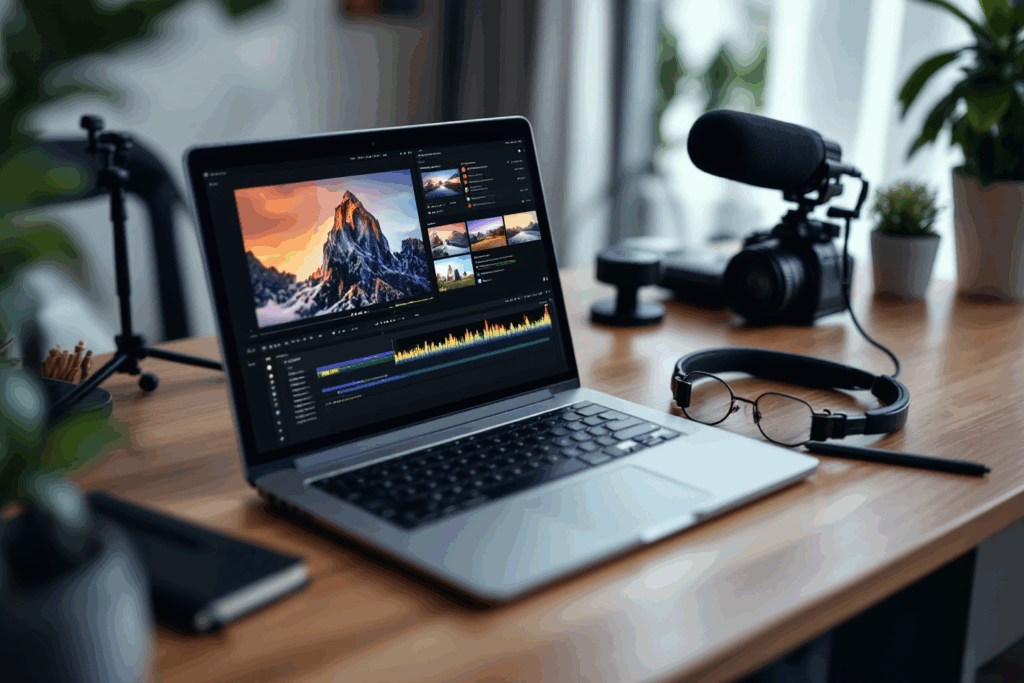
 Video editing, once a skill reserved for professionals with high-end equipment, has become increasingly accessible to anyone with a passion for storytelling and a computer. In this digital age, the ability to edit videos has transformed from a niche technical skill to a versatile tool in everyone’s creative arsenal. Whether you’re aspiring to be a filmmaker, looking to enhance your social media presence, or simply wanting to preserve memories in a more engaging format, learning video editing opens up a world of possibilities.
Video editing, once a skill reserved for professionals with high-end equipment, has become increasingly accessible to anyone with a passion for storytelling and a computer. In this digital age, the ability to edit videos has transformed from a niche technical skill to a versatile tool in everyone’s creative arsenal. Whether you’re aspiring to be a filmmaker, looking to enhance your social media presence, or simply wanting to preserve memories in a more engaging format, learning video editing opens up a world of possibilities. As we dive into this beginner’s guide, remember that everyone starts somewhere. With the advent of free, user-friendly video editing tools, you no longer need expensive software to begin your journey into the art of video editing. This guide aims to demystify the process, introduce you to basic techniques, and help you take your first steps in creating compelling video content.
As we dive into this beginner’s guide, remember that everyone starts somewhere. With the advent of free, user-friendly video editing tools, you no longer need expensive software to begin your journey into the art of video editing. This guide aims to demystify the process, introduce you to basic techniques, and help you take your first steps in creating compelling video content.




 Before you dive into the practical side of video editing, it’s essential to grasp some fundamental concepts. These basics form the foundation upon which all your editing skills will be built:
Before you dive into the practical side of video editing, it’s essential to grasp some fundamental concepts. These basics form the foundation upon which all your editing skills will be built: Remember, the goal of editing is not just about putting clips together but telling a story that engages your audience. As you start experimenting with these basic elements, your unique style and storytelling techniques will begin to emerge.
Remember, the goal of editing is not just about putting clips together but telling a story that engages your audience. As you start experimenting with these basic elements, your unique style and storytelling techniques will begin to emerge.






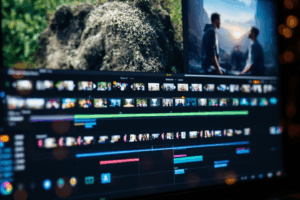


 As we reach the end of this beginner’s guide to video editing, remember that your journey is just beginning. Video editing is not only about mastering software or techniques; it’s about discovering your voice and telling stories in your unique way. The satisfaction of creating something that resonates with others is unparalleled, and every video you edit brings you one step closer to this achievement.
As we reach the end of this beginner’s guide to video editing, remember that your journey is just beginning. Video editing is not only about mastering software or techniques; it’s about discovering your voice and telling stories in your unique way. The satisfaction of creating something that resonates with others is unparalleled, and every video you edit brings you one step closer to this achievement. We encourage you to take the first step today. Download a video editing software, gather some clips, and start playing around. There’s no better way to learn than by doing, and who knows where this journey might take you?
We encourage you to take the first step today. Download a video editing software, gather some clips, and start playing around. There’s no better way to learn than by doing, and who knows where this journey might take you?
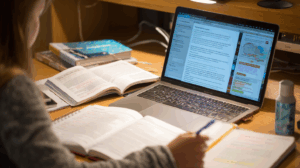
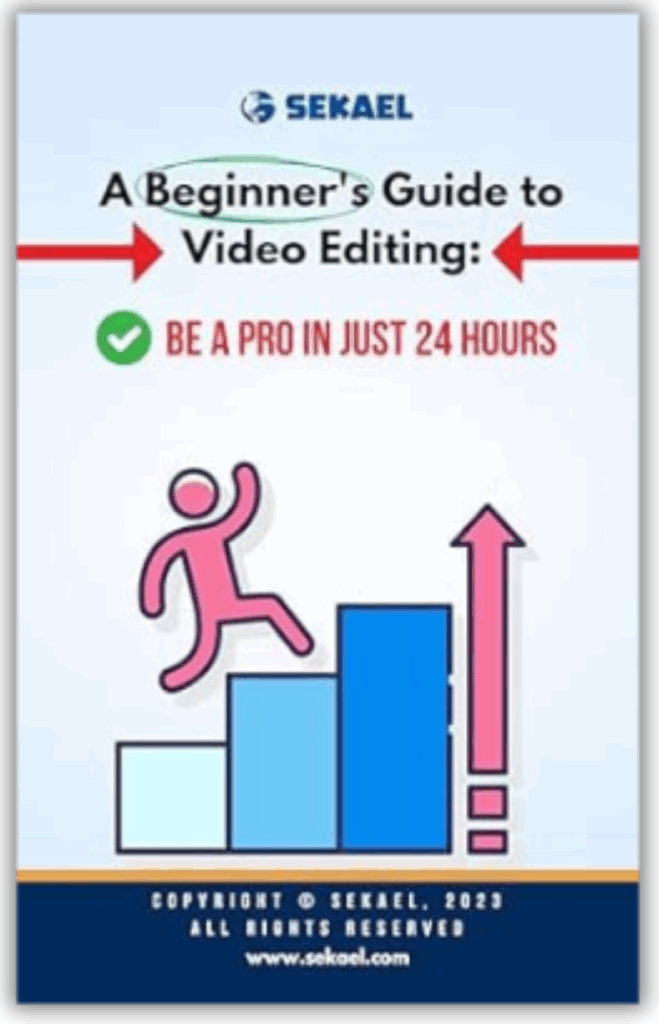


 The past simple tense is primarily used to talk about actions or events that were completed in the past. It is one of the most commonly used tenses in English, essential for discussing history, telling stories, or even sharing what you did yesterday.
The past simple tense is primarily used to talk about actions or events that were completed in the past. It is one of the most commonly used tenses in English, essential for discussing history, telling stories, or even sharing what you did yesterday.








 Understanding the formation and basic rules of the past simple tense is crucial for accurately discussing past events. This tense is a key component of effective communication in English, providing a clear and straightforward way to talk about completed actions. In the following sections, we will delve deeper into the uses of the past simple tense, offering insights and examples to enhance your understanding and usage.
Understanding the formation and basic rules of the past simple tense is crucial for accurately discussing past events. This tense is a key component of effective communication in English, providing a clear and straightforward way to talk about completed actions. In the following sections, we will delve deeper into the uses of the past simple tense, offering insights and examples to enhance your understanding and usage.


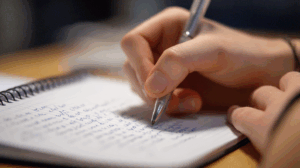 The past simple tense is a fundamental aspect of English grammar, playing a crucial role in narrating past events and experiences. Its mastery is essential for anyone learning English, as it provides the means to recount stories, describe completed actions, and express past habits and generalizations. This tense forms the backbone of historical storytelling and is indispensable in both everyday conversation and written language.
The past simple tense is a fundamental aspect of English grammar, playing a crucial role in narrating past events and experiences. Its mastery is essential for anyone learning English, as it provides the means to recount stories, describe completed actions, and express past habits and generalizations. This tense forms the backbone of historical storytelling and is indispensable in both everyday conversation and written language. For learners of English, particularly those from language backgrounds with different approaches to expressing time, the past simple tense can present unique challenges. Its proper use involves not only memorizing the past forms of verbs – both regular and irregular – but also understanding the contexts in which this tense is appropriately employed. This can be a significant step in overcoming language barriers and gaining proficiency in English.
For learners of English, particularly those from language backgrounds with different approaches to expressing time, the past simple tense can present unique challenges. Its proper use involves not only memorizing the past forms of verbs – both regular and irregular – but also understanding the contexts in which this tense is appropriately employed. This can be a significant step in overcoming language barriers and gaining proficiency in English. In this article, we will explore the intricacies of the past simple tense, including its formation, uses, and the nuances of creating questions and negative sentences. We aim to provide a comprehensive guide enriched with practical examples and tips, enabling learners to confidently and accurately use the past simple tense. By the end of this piece, readers will have a deeper understanding and enhanced ability to recount past events and express themselves in the past tense, a vital skill in the journey towards English fluency.
In this article, we will explore the intricacies of the past simple tense, including its formation, uses, and the nuances of creating questions and negative sentences. We aim to provide a comprehensive guide enriched with practical examples and tips, enabling learners to confidently and accurately use the past simple tense. By the end of this piece, readers will have a deeper understanding and enhanced ability to recount past events and express themselves in the past tense, a vital skill in the journey towards English fluency.

 Observation Diary: Keep a diary where you describe what you or people around you are doing at different times of the day. This exercise helps in applying the present continuous to real-life situations.
Observation Diary: Keep a diary where you describe what you or people around you are doing at different times of the day. This exercise helps in applying the present continuous to real-life situations. Role-playing Games: Engage in role-playing activities with language partners, focusing on scenarios that require the use of the present continuous, such as describing ongoing events or talking about future plans.
Role-playing Games: Engage in role-playing activities with language partners, focusing on scenarios that require the use of the present continuous, such as describing ongoing events or talking about future plans. Online Quizzes and Games: Utilize interactive online resources that offer quizzes and games focused on the present continuous tense. These activities provide a fun and engaging way to reinforce your learning.
Online Quizzes and Games: Utilize interactive online resources that offer quizzes and games focused on the present continuous tense. These activities provide a fun and engaging way to reinforce your learning. Everyday Conversations: Make a conscious effort to use the present continuous in your daily conversations, especially when talking about current actions or future plans.
Everyday Conversations: Make a conscious effort to use the present continuous in your daily conversations, especially when talking about current actions or future plans. Listening Practice: Pay attention to the use of the present continuous in English songs, movies, and TV shows. Listening to native speakers can help you understand how this tense is used naturally.
Listening Practice: Pay attention to the use of the present continuous in English songs, movies, and TV shows. Listening to native speakers can help you understand how this tense is used naturally. Reading and Analysis: Regularly read English newspapers, magazines, or books, and observe how the present continuous is used in different contexts.
Reading and Analysis: Regularly read English newspapers, magazines, or books, and observe how the present continuous is used in different contexts. Expanding your practice of the present continuous tense through varied exercises, resources, and real-life application is key to achieving proficiency. These activities not only reinforce your understanding but also enhance your ability to use the tense naturally in conversation and writing.
Expanding your practice of the present continuous tense through varied exercises, resources, and real-life application is key to achieving proficiency. These activities not only reinforce your understanding but also enhance your ability to use the tense naturally in conversation and writing.

 Link to Ongoing Actions: Associate the present continuous with actions happening right now. Whenever you’re describing something in progress, this tense is likely the correct choice.
Link to Ongoing Actions: Associate the present continuous with actions happening right now. Whenever you’re describing something in progress, this tense is likely the correct choice. Temporary Situations: Use this tense for situations that are temporary or part of a change. This helps in differentiating from permanent states, which usually use the present simple tense.
Temporary Situations: Use this tense for situations that are temporary or part of a change. This helps in differentiating from permanent states, which usually use the present simple tense. Future Arrangements: Remember that the present continuous can also be used for future plans, especially those that are definite and have been organized.
Future Arrangements: Remember that the present continuous can also be used for future plans, especially those that are definite and have been organized.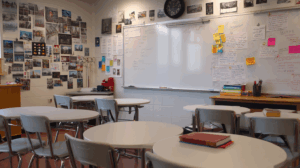
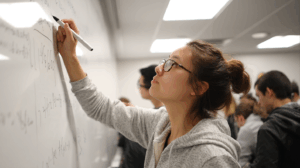 Context is key in deciding whether to use the present continuous tense. Consider whether the action is currently happening, is a temporary situation, or is a planned future event. This understanding is crucial for correct tense usage.
Context is key in deciding whether to use the present continuous tense. Consider whether the action is currently happening, is a temporary situation, or is a planned future event. This understanding is crucial for correct tense usage. Consistent practice is essential for mastering the present continuous tense. Try to incorporate it into your daily English use, whether in speaking or writing. Listening to native speakers and reading English texts can also provide practical examples of how this tense is used in various contexts.
Consistent practice is essential for mastering the present continuous tense. Try to incorporate it into your daily English use, whether in speaking or writing. Listening to native speakers and reading English texts can also provide practical examples of how this tense is used in various contexts. Grasping the present continuous tense’s usage, including when and how to form questions and negatives, is a vital step in improving your English proficiency. By practicing regularly and being mindful of common mistakes, you can enhance your ability to communicate effectively in English.
Grasping the present continuous tense’s usage, including when and how to form questions and negatives, is a vital step in improving your English proficiency. By practicing regularly and being mindful of common mistakes, you can enhance your ability to communicate effectively in English.









 Understanding how to correctly form questions and negatives in the present continuous tense is crucial for effective communication. It allows for a more dynamic and varied expression, essential in both spoken and written English. In the next section, we will delve into practical tips for using this tense and common mistakes to be aware of.
Understanding how to correctly form questions and negatives in the present continuous tense is crucial for effective communication. It allows for a more dynamic and varied expression, essential in both spoken and written English. In the next section, we will delve into practical tips for using this tense and common mistakes to be aware of.











 The present continuous tense, with its wide range of applications, is a fundamental aspect of conversational and written English. Its ability to describe ongoing actions, temporary situations, future plans, express annoyance, and indicate changes makes it an indispensable tool in the English language. Grasping these varied uses enhances one’s ability to engage in more dynamic and nuanced communication.
The present continuous tense, with its wide range of applications, is a fundamental aspect of conversational and written English. Its ability to describe ongoing actions, temporary situations, future plans, express annoyance, and indicate changes makes it an indispensable tool in the English language. Grasping these varied uses enhances one’s ability to engage in more dynamic and nuanced communication.